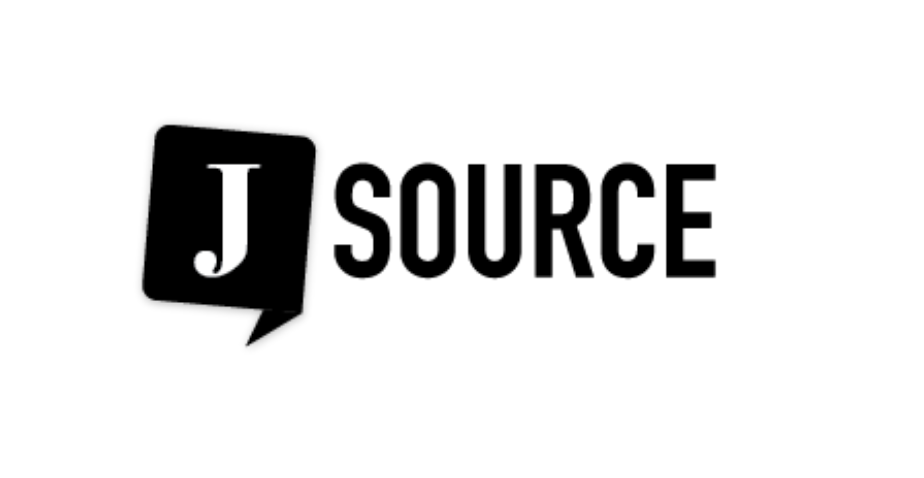Sonia Verma started worrying when she noticed one of the men at the checkpoint had a walkie-talkie.
She and fellow Globe and Mail reporter Patrick Martin had encountered many checkpoints driving around Cairo, but most were amateur affairs staffed by teenage boys armed with kitchen knives. This one was different, and when the men discovered Verma and Martin were journalists, one of them jumped into the car and ordered the driver to go.
Sonia Verma started worrying when she noticed one of the men at the checkpoint had a walkie-talkie.
She and fellow Globe and Mail reporter Patrick Martin had encountered many checkpoints driving around Cairo, but most were amateur affairs staffed by teenage boys armed with kitchen knives. This one was different, and when the men discovered Verma and Martin were journalists, one of them jumped into the car and ordered the driver to go.
They were taken to a military compound where their equipment was confiscated and they sat on a curb for three hours. At one point a white van pulled up. Verma told the audience at Canadian Journalists for Free Expression’s (CJFE) June 22 event “Reporting on the Arab Spring” that she feared that if the reporters were loaded into that van, they might be in serious trouble.
They weren’t, and after three hours they were released. Verma downplays the incident now, saying much worse things happened to local journalists during the uprising against Hosni Mubarak’s government and similar protests elsewhere in the Middle East this spring.
She also told the public panel, which was held in conjunction with CJFE’s annual general meeting at Massey College in Toronto, about being forced to take refuge in an apartment building when Mubarak supporters threatened her. State media claims that foreign journalists were fomenting unrest created hostility toward the foreign press, panellists said.
The panellists recounted a number of challenges in covering the uprisings in Egypt, Tunisia, Libya, Yemen and others parts of the Middle East, and discussed how they approached these tough assignments. They also pointed out some of the rewards. Heba Aly, a producer for CBC Radio One’s The Current, recalled asking an old man on the street for his thoughts on what was happening. His reaction, she said, was “who would listen to me?” Persuading such people that they could have a voice was one satisfying aspect of the work.
Yet there were also tough questions about the western media’s role in covering the protests. One audience member asked why violence against ethnic Uzbeks in Kyrgyzstan received so much less coverage than protests in Tunisia, Egypt and neighbouring countries. Panel members pointed to limited resources, the location of bureaus, and editors’ perceptions of which stories will most affect their readers as some of the factors affecting these editorial decisions.
Anna Maria Tremonti, the panel’s moderator and host of The Current, said Canadian media seem to be focusing more on stories that affect Canadian interests, a tendency she said she used to be critical of in the U.S. media.
“Every news organization tends to sort of follow the big story,” said Michelle Shephard, national security reporter at the Toronto Star.
“It honest to God is a mystery to me sometimes” how decisions about coverage are made, Verma said. Cost is clearly a major factor, she said, and if a media outlet has a bureau nearby, covering a story is much cheaper than if a reporter has to be sent in.
The cost of sending reporters into conflict zones has skyrocketed due to security and insurance costs, said Lynn Burgess, producer for CBC Television’s The National. Journalists’ life insurance becomes invalid when they enter war zones, so their employers purchase special insurance. “It’s an incredible amount of money for every single day that we’re there on the ground.”
That fact has led to increasing reliance on freelancers, many of whom operate without the security and insurance that full-time employees of major media outlets have. But, Tremonti noted, media companies have to consider the ethics of encouraging independent journalists to take such risks.
Noting that western journalists depend heavily on local “fixers” who help them get around, line up interviews and help in many other ways, Aly suggested that in many cases those fixers are competent journalists who could be doing the reporting themselves and lending the story more of a local perspective. “We need to start talking more seriously about an alternative to parachute journalism.”
Shephard said the New York Times sometimes recognizes fixers with joint bylines or other credit for their contributions. But she also said Canadian reporters who have experience in western capitals and elsewhere in the world can lend an international perspective to the stories that is also valuable.
Tremonti ended the panel by asking each panellist where she would go if tomorrow she could gain entry to any country in the region. Egypt, Syria, Libya were all named – and perhaps a fitting ending for the evening, Aly said that she would like to go back to Tunisia and Egypt, where the revolutions started. While these countries are being held up as models for the region, she said, their stories are still unfolding and we should watch them closely.
[node:ad]
Grant Buckler is a retired freelance journalist and a volunteer with Canadian Journalists for Free Expression and lives in Kingston, Ont.

